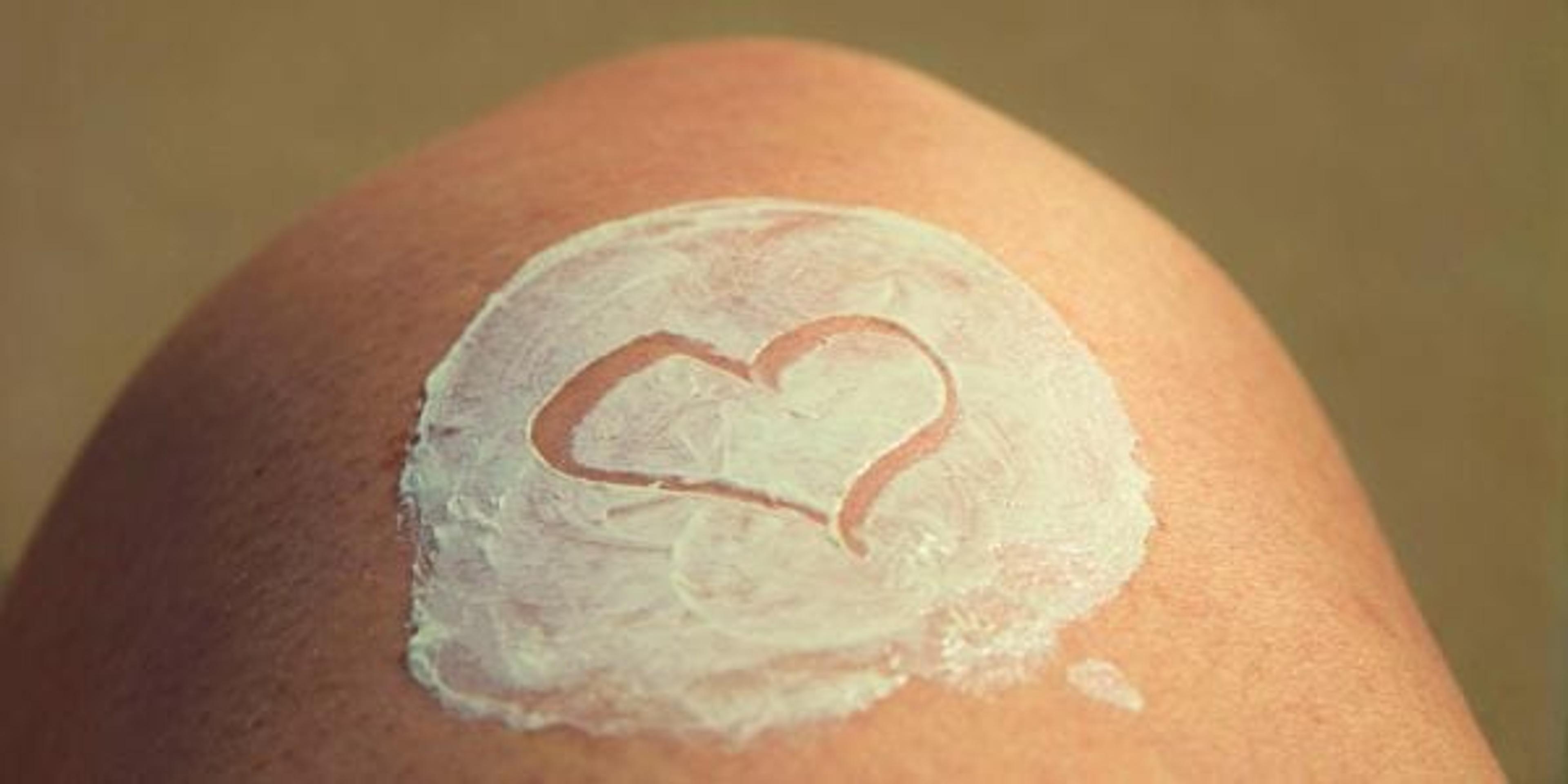Is your sunscreen really protecting you?

Michael Lewis II
| 2 min read

Summer is almost upon us, meaning it’s time for fun in the sun and the great outdoors. While having fun outside, it is important to stay protected from the sun by using good sunscreen. However, researchers at the Environmental Working Group, have found most sunscreens are counterproductive to skin protection.

Researchers for the group, based in Washington D.C., studied more than 700 sunscreens sold in the United States and only approved one-third as safe and effective. The problems include: high SPFs, spray on sunscreens, sunscreens with chemicals like vitamin A and oxybenzone, and other troubling issues.
The study showed that 15 percent of beach and sport sunscreens on the shelves this year are marked with SPF (Sun Protection Factor) values greater than 50. Little do people know, this is no measure of sun screen effectiveness.
SPF only covers the protection from the sun’s SVB rays, which burn skin. Sun Protection Factor has almost nothing to do with protection from sun’s UVA rays. UVA rays break deep into the skin and can numb the immune system, speed up skin aging, and can cause skin cancer. It is recommended that even sunscreens with high SPF values are reapplied to skin over time.
Researchers also questioned whether spray on sunscreen provided a sufficient layer of protection. Although spray on sunscreens are easier to apply, it is easy for applicants to miss key areas on the skin and they pose a high chemical inhalation risk. The nanoparticles known as titanium dioxide and zinc oxide are important to have in sunscreen, however they can be unsafe to inhale.
Sunscreens also contain a high level of the chemical known as oxybenzone. This chemical penetrates deep into the skin making its way into the bloodstream. It then begins to act as an estrogen in the body and can even spark allergic reactions. More than 40 percent of all beach and sport sunscreens on this year’s product list contain oxybenzone.
Lastly, Vitamin A, which is also known as retinol and retinyl palmitate, is marketed as an anti-aging element. However, it has been shown to quicken the development of tumors and lesions on sun-exposed skin. Vitamin A is in 20 percent of sunscreens and 12 percent of SPF moisturizers, in the EWG’s database.
These problems cannot be completely controlled, but it is important to consider each one when picking your sunscreen. For more information visit ewg.org/2014sunscreen.
Check out these blogs if you enjoyed this one:
Photo credit: Jason Farrar





